I am trying to use the NbClust method in R to determine the best number of clusters in a cluster analysis following the approach in the book from Manning. However, I get an error message saying:
Error in hclust(md, method = "average"): must have n >= 2 objects to cluster.
Even though the hclust method appears to work. Therefore, I assume that the problem is (which is also stated by the error message), that NbClust tries to create groups with only one object inside.
Here is my code:
mydata = read.table("PLR_2016_WM_55_5_Familienstand_aufbereitet.csv", skip = 0, sep = ";", header = TRUE)
mydata <- mydata[-1] # Without first line (int)
data.transformed <- t(mydata) # Transformation of matrix
data.scale <- scale(data.transformed) # Scaling of table
data.dist <- dist(data.scale) # Calculates distances between points
fit.average <- hclust(data.dist, method = "average")
plot(fit.average, hang = -1, cex = .8, main = "Average Linkage Clustering")
library(NbClust)
nc <- NbClust(data.scale, distance="euclidean",
min.nc=2, max.nc=15, method="average")
I found a similar problem here, but I was not able to adapt the code.
